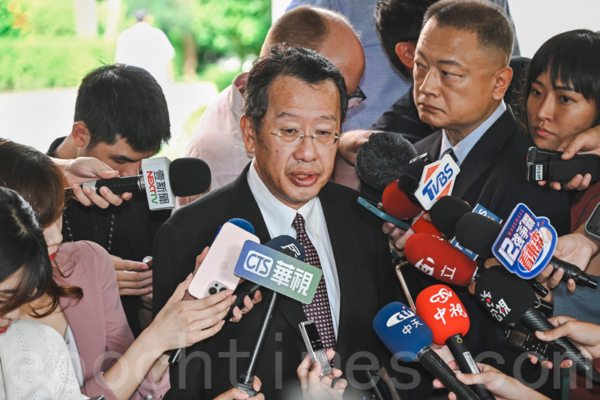The Presidential Office of the Republic of China (Taiwan) held its first “National Resilience Committee for Civil Defense”, aiming to enhance the readiness of 400,000 reliable civilian forces. Minister of National Defense, Chiu Kuo-heng, pointed out that the management of the 400,000 civilian forces falls under the Department of Civil Defense within the Ministry of the Interior. In terms of operational resilience, based on the principle of “one island, one destiny”, military and civilian resources need to be integrated, requiring the utilization of civilian manpower for tasks such as transportation and construction in defense operations.
President of the Republic of China (Taiwan), Lai Ching-te, chaired the inaugural meeting of the “National Resilience Committee for Civil Defense” on the 26th, during which Deputy Secretary-General of the National Security Council, Hsu Szu-chiang, presented a report on the planning and challenges of national resilience. He outlined the framework for civil defense, operational mechanisms, core missions, and immediate goals. With a focus on the core mission of civilian training and deployment, the goal is to augment the 400,000 reliable civilian forces, with reservists playing a crucial role.
Premier of the Executive Yuan, Su Tseng-chang, led the heads of various ministries to the Legislative Yuan today for a policy briefing and question-and-answer session. Minister of National Defense, Chiu Kuo-heng, conducted a media interview prior to the meeting. Regarding the command of the 400,000 civilian forces, Chiu stated that they are established in accordance with the Civil Defense Law, encompassing civilian defense and the utilization of civilian resources, with the management falling under the Ministry of the Interior for training and deployment.
Addressing how civilian forces can assist the military, Chiu explained that in terms of operational resilience, in times of escalated threats, there may be requisitioning of civilian resources as stipulated by the “National Defense Mobilization Preparation Act”.
Chiu emphasized that the work of national defense resilience is centered around three main pillars: ensuring the continuous operation of the government, maintaining essential social functions for the populace, and providing support for military operations when necessary. Regarding support for military operations, under the relevant provisions of the mobilization law, when the military requires civilian resources, the military and civilians collaborate in accordance with the principle of “one island, one destiny”. It is hoped that civilians will contribute support, such as by providing transportation vehicles and participating in construction projects through requisitioning.
Mayor of New Taipei City, Hou You-yi, participated in municipal activities today and in a media interview expressed that national defense is a collective responsibility, and he looks forward to clear guidance and actions from the central government to alleviate public anxiety, promoting a unified defense effort.
Minister of the Interior of the Republic of China (Taiwan), Hsu Shih-fang, clarified in an interview before the meeting that the civilian forces include police, firefighters, auxiliary police, auxiliary firefighters, and other civilian groups, given that a significant portion of the National Resilience Committee deals with large-scale disaster response. As for the extension of training for reservists, it pertains to specialized training focusing on disaster prevention and rescue, as well as cyber security maintenance. Some of the training items may include emergency medical technician (EMT) programs for disaster response and activities such as drone training under the reservist training program.
In response to whether the 400,000 civilian forces include civil servants, Hsu Shih-fang stated that under the current Civil Defense Law, there is a “Protection Unit” within the disaster relief system composed of county and city governments and township offices, which are part of the central disaster prevention and rescue system. Efforts will be made to strengthen horizontal and vertical integration in the future.
President of the Republic of China (Taiwan), Lai Ching-te, in his address on the 26th at the “National Resilience Committee for Civil Defense”, emphasized the construction of national resilience around three core principles: “prepare for danger in times of peace, strengthen response capabilities without fear, and proceed in an orderly manner”. He stated that the more united the people of Taiwan are, the more stable the country will be, and the more prepared society is, the safer the nation.
Hsu Shih-fang outlined that the maintenance and protection of the 400,000 reliable civilian forces for infrastructure is divided into three layers: core defense, intermediate deterrence, and perimeter alert. Approximately 310 key infrastructures have been inventoried, with human resources, security training, and local civilian forces being combined to enhance defense capabilities. In the future, such components will be incorporated into exercises in December or in smaller-scale drills, serving as scenarios for unscripted simulations.

